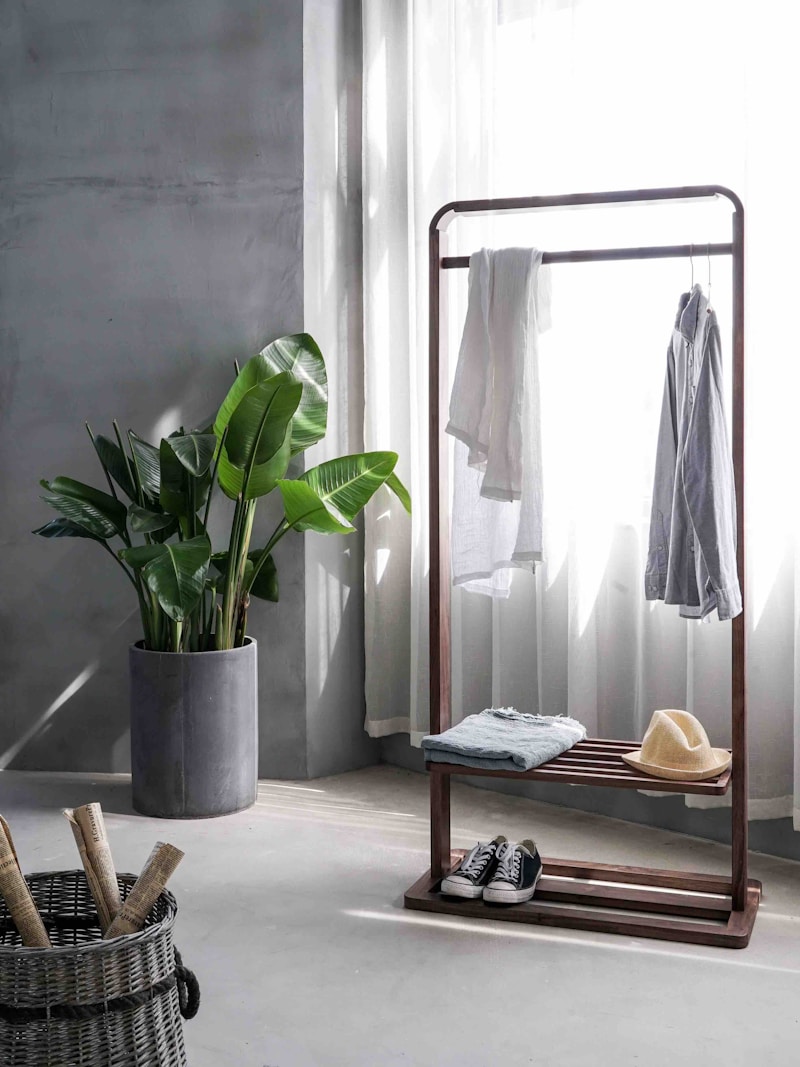Setting Realistic Expectations for Bridal Wear: The Ultimate Guide
Understanding Bridal Wear: A Journey to the Perfect Dress
Planning a wedding is an exhilarating journey filled with joy and excitement. However, it can also bring about a fair share of stress, particularly when it comes to choosing the perfect bridal wear. This article aims to set realistic expectations for bridal wear, ensuring that brides-to-be can navigate this important decision with ease and happiness.
The Importance of Setting Realistic Expectations
When it comes to bridal wear, unrealistic expectations can lead to disappointment. Many brides envision themselves in an ethereal gown, only to find that their ideal dress doesn't suit their body type or budget. By setting realistic expectations, brides can enjoy the experience and select a dress that not only looks beautiful but is also comfortable and flattering.
Common Misconceptions About Bridal Wear
Before diving into the specifics of bridal wear, it’s essential to address common misconceptions that can cloud a bride's judgment.
| Misconception | Reality |
| All bridal dresses are expensive. | There are affordable options available that offer great quality and style. |
| Bridal sizes are different than normal sizes. | Bridal sizing often runs smaller; it’s crucial to know your measurements. |
| Brides should stick to traditional styles. | Bridal wear now encompasses diverse styles, including modern and non-traditional options. |
Budgeting for Bridal Wear
Setting a budget is crucial in any wedding planning process, particularly for bridal wear. It's essential to consider not just the dress itself, but also alterations, accessories, and undergarments. According to recent surveys, the average cost of a wedding gown in the United States ranges from $1,500 to $3,000. However, many beautiful options are available at lower price points.
Tips for Budgeting:
- Research local bridal shops to understand the price range.
- Consider purchasing sample dresses or pre-loved gowns for budget-friendly options.
- Don’t forget to include the cost of alterations, which can range from $100 to over $500 depending on the complexity of the changes.
Understanding Body Types and Dress Styles
Another key factor in setting realistic expectations for bridal wear is understanding body types and which dress styles flatter them. Here’s a brief overview of common body types and recommended styles:
| Body Type | Recommended Dress Styles |
| Athletic | A-line or ball gown to create curves. |
| Curvy | Sheath or mermaid style to highlight curves. |
| Pear shape | Fit-and-flare or A-line to accentuate the waist. |
| Rectangular | Empire waist or sheath styles to create shape. |
Choosing the Perfect Fabric
The fabric of your bridal dress significantly influences its overall look and comfort. When considering fabric options, it’s essential to analyze how each material feels against your skin and how it drapes on your body. Here are popular fabric choices:
- Satin: Sophisticated and smooth, often used for formal gowns.
- Lace: Adds texture and is great for vintage styles.
- Chiffon: Lightweight and flowing, perfect for destination weddings.
- Tulle: Adds volume and is often used in ball gowns.
Finding the Right Place to Shop
Shopping for bridal wear can be overwhelming, especially with so many options available. Here are some tips to help brides find the right place to shop:
- Start with local bridal boutiques, which often offer a personalized experience.
- Consider designer consignment shops for discounted designer gowns.
- Explore online stores for convenience, but ensure you understand return policies.
Involving Friends and Family in the Process
When choosing bridal wear, involving trusted friends and family can help ease the decision-making process. However, it’s essential to set boundaries. Here are a few strategies:
- Limit the number of people you bring when trying on dresses to avoid conflicting opinions.
- Consider having a “dress reveal” moment to share your choice with loved ones after the fact.
- Value opinions but trust your instincts; it’s your special day!

Timing Your Dress Purchase
Another critical aspect of setting realistic expectations for bridal wear is timing. It’s advisable to start shopping for your gown 6-9 months before your wedding day. This timeline allows ample room for alterations and adjustments. Additionally, if you're ordering a custom dress, you may need to factor in longer lead times.
Final Thoughts
Choosing bridal wear is a heartwarming journey that should be enjoyed. By setting realistic expectations regarding budget, body type, and style preferences, brides can find a gown that makes them feel like the best version of themselves on their special day. Remember, it’s not just about the dress; it's about the love, joy, and memories created throughout this incredible experience.
As you move forward in your bridal wear journey, keep in mind the tips shared in this article and remain flexible with your expectations. Happy shopping!